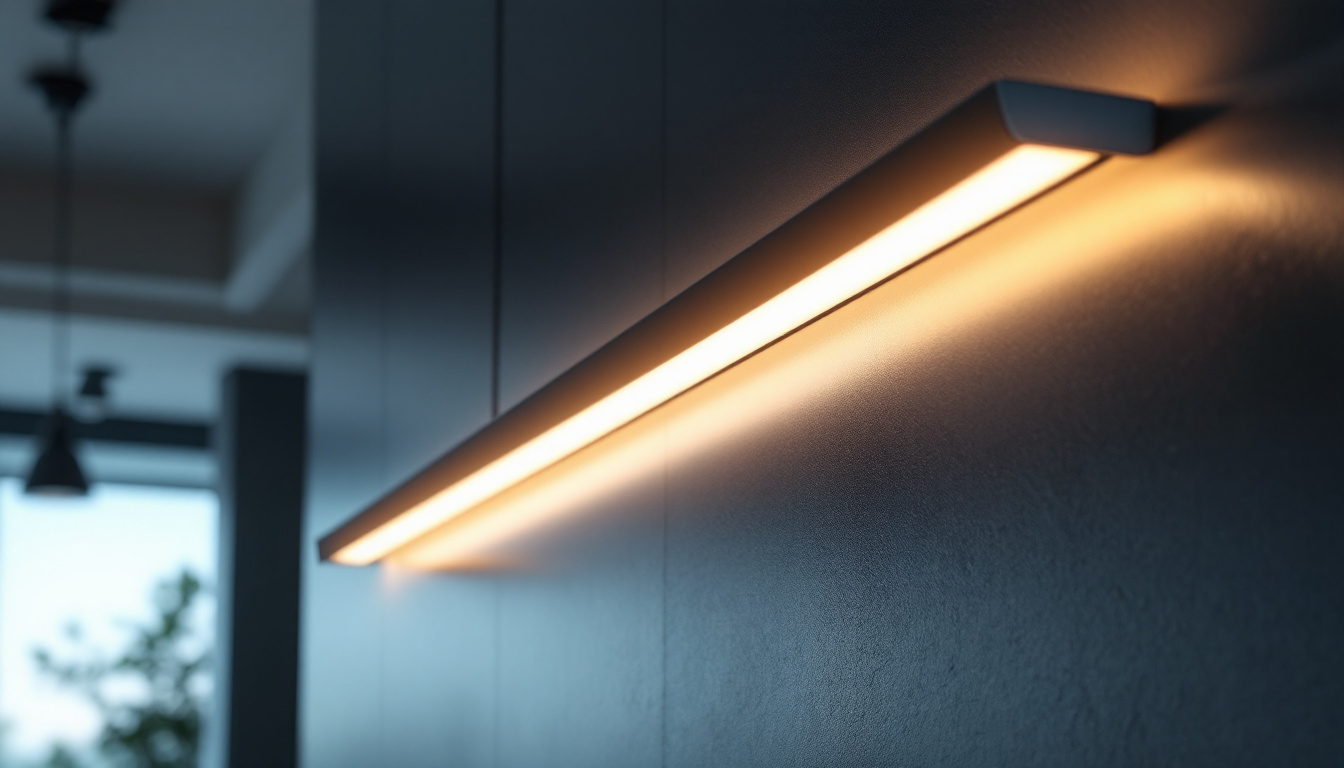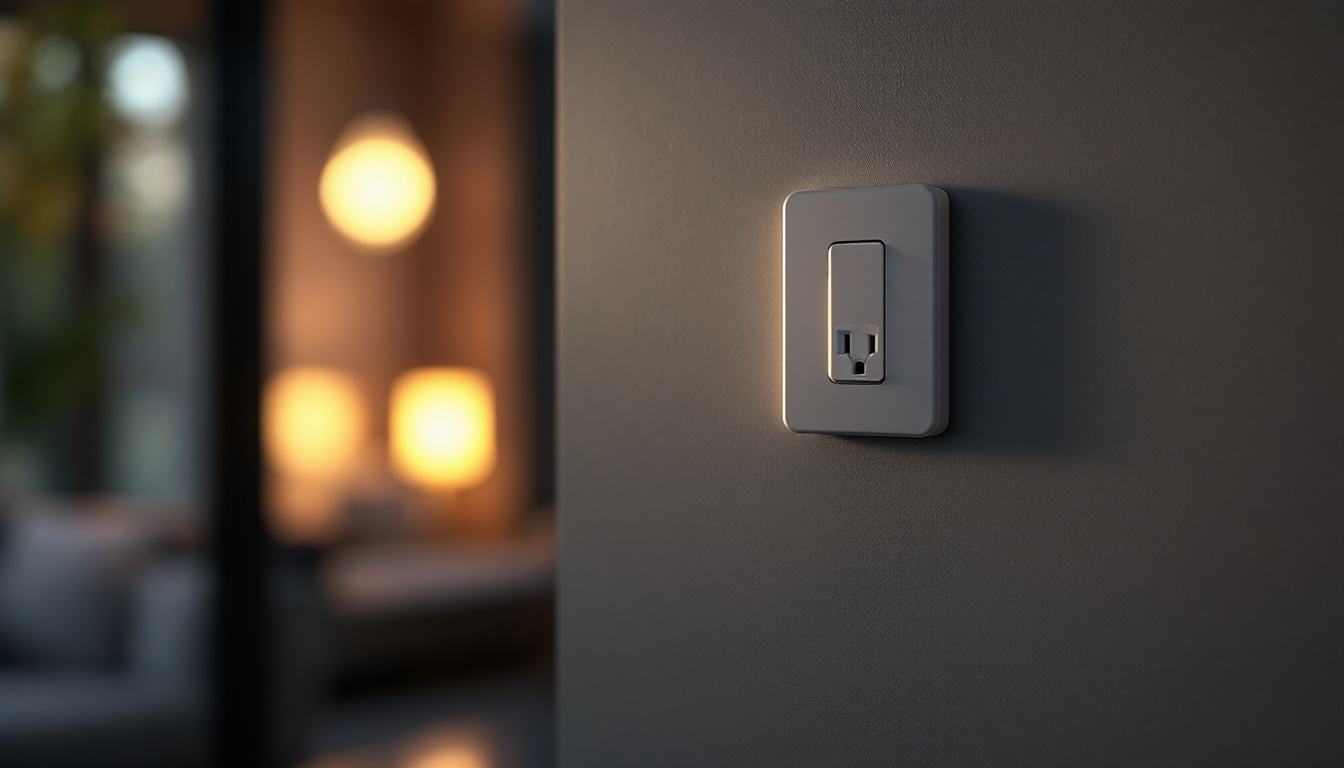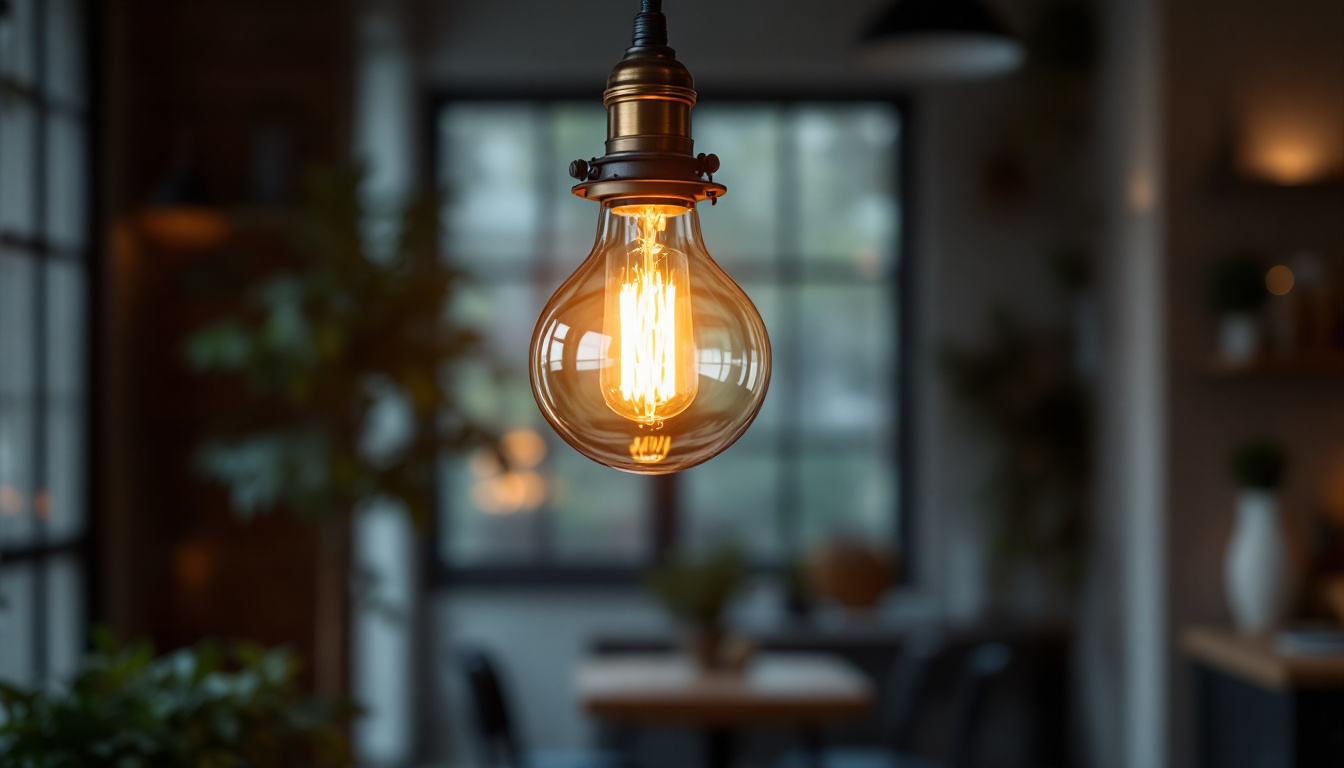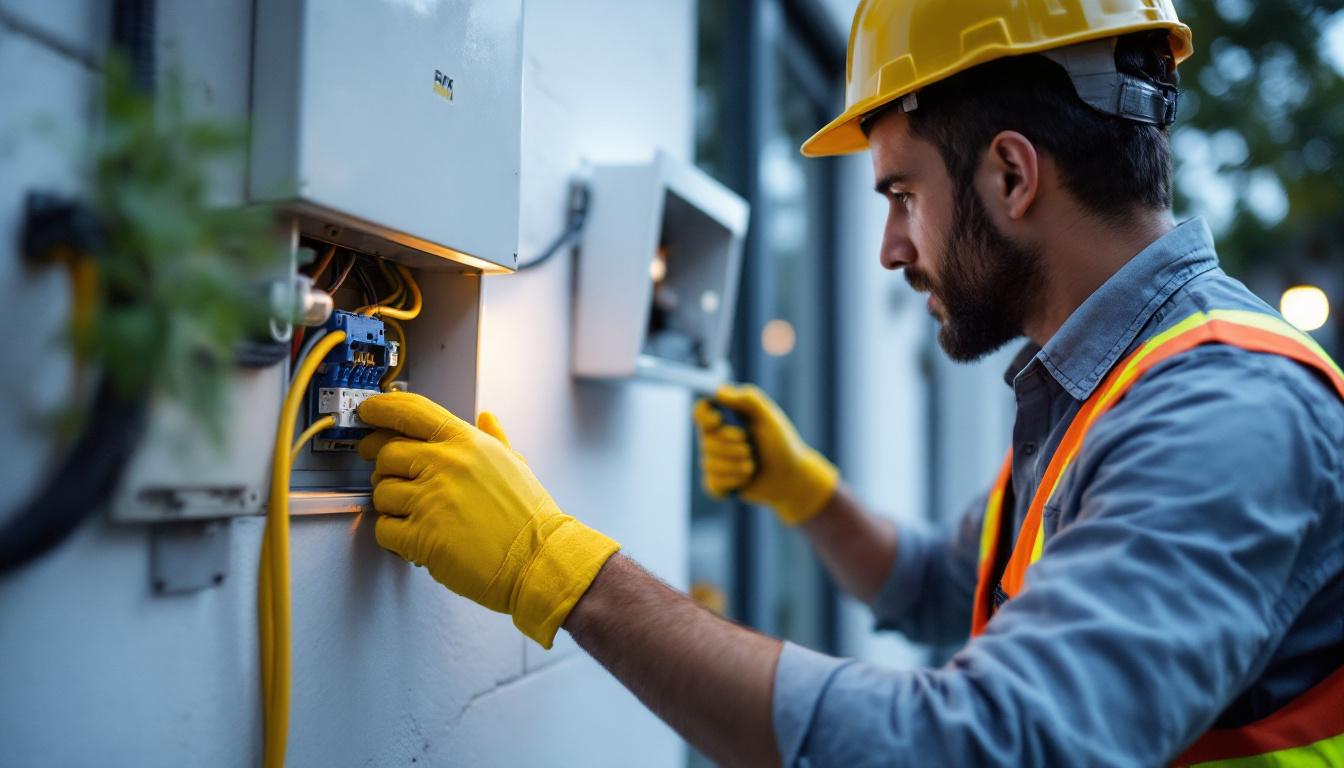
Linear light fixtures are becoming increasingly popular in both residential and commercial spaces. Their sleek design and versatility make them an ideal choice for various applications, from office buildings to retail environments. These fixtures typically feature a long, narrow shape that allows for even light distribution, enhancing the aesthetics and functionality of a space.
In recent years, the demand for energy-efficient and sustainable lighting solutions has surged. Linear light fixtures often incorporate LED technology, which not only reduces energy consumption but also offers a longer lifespan compared to traditional lighting options. This shift towards energy-efficient solutions is a crucial consideration for lighting contractors aiming to meet the evolving needs of their clients.
One of the primary advantages of linear light fixtures is their ability to provide uniform illumination. This characteristic is particularly beneficial in environments where consistent lighting is essential, such as in workspaces or retail areas. Additionally, the modern design of these fixtures allows them to blend seamlessly with various architectural styles, contributing to the overall aesthetic appeal of a space.
Moreover, linear fixtures are highly adaptable. They can be installed in a variety of configurations, including suspended, recessed, or surface-mounted options. This flexibility enables lighting contractors to tailor their designs to meet specific project requirements, ensuring that the final outcome aligns with the client’s vision. Furthermore, the ability to customize the color temperature and brightness of linear fixtures allows for the creation of different atmospheres, from warm and inviting to bright and energizing, catering to the specific needs of different environments.
As energy costs continue to rise, the importance of energy efficiency in lighting projects cannot be overstated. Linear light fixtures equipped with LED technology consume significantly less energy than traditional incandescent or fluorescent lights. This reduction in energy usage not only lowers utility bills but also contributes to a smaller carbon footprint, aligning with the growing emphasis on sustainability in construction and design.
Future-proofing lighting projects means considering not just the immediate benefits but also the long-term implications of energy consumption. By opting for linear light fixtures, contractors can help their clients achieve sustainability goals while also complying with increasingly stringent energy regulations. Additionally, many manufacturers are now offering linear fixtures made from recyclable materials, further enhancing their eco-friendliness. This commitment to sustainability not only appeals to environmentally conscious consumers but also positions businesses as leaders in responsible design, potentially attracting a broader clientele who prioritize green practices in their purchasing decisions.
When planning a lighting project that incorporates linear light fixtures, several design considerations come into play. These factors can significantly impact the effectiveness and appeal of the final installation.
Color temperature is a crucial aspect of lighting design that can influence the mood and functionality of a space. Linear light fixtures are available in various color temperatures, ranging from warm white to cool daylight. Selecting the appropriate color temperature depends on the intended use of the space. For instance, warmer tones may be more suitable for residential areas, while cooler tones can enhance productivity in office settings.
It’s essential to communicate with clients about their preferences and the psychological effects of different color temperatures. By doing so, contractors can ensure that the lighting design aligns with the desired ambiance and functionality of the space. Furthermore, it is beneficial to consider how color temperature interacts with other design elements, such as wall colors and furnishings, to create a cohesive look. A well-thought-out color temperature can enhance textures and colors, making a space feel more inviting and visually appealing.
The placement of linear light fixtures is another critical consideration. Properly positioning these fixtures can enhance light distribution and minimize shadows, creating a more inviting and functional environment. Factors such as ceiling height, room dimensions, and the presence of natural light should all be taken into account when determining fixture placement.
Additionally, the use of lighting controls, such as dimmers or smart systems, can further enhance the effectiveness of linear light fixtures. These controls allow for greater flexibility in adjusting light levels based on the time of day or specific activities, making it easier to create the desired atmosphere. Moreover, integrating lighting with architectural features can add depth and interest to a space. For example, illuminating architectural details or artwork with linear lighting can draw attention to these elements, enhancing the overall aesthetic and creating focal points that engage the viewer.
Future-proofing lighting projects involves anticipating changes in technology, design trends, and client needs. By incorporating adaptable solutions, contractors can ensure that their installations remain relevant and functional for years to come.
The rise of smart lighting technology is transforming the way spaces are illuminated. Linear light fixtures can be integrated with smart systems, allowing for remote control, scheduling, and automation. This capability not only enhances convenience but also contributes to energy savings by optimizing lighting usage based on occupancy and time of day.
Contractors should stay informed about the latest advancements in smart lighting technology and consider how these innovations can be integrated into their projects. By doing so, they can provide clients with cutting-edge solutions that enhance both functionality and user experience. Furthermore, the integration of sensors and IoT (Internet of Things) devices can facilitate real-time data collection, enabling clients to monitor energy consumption and adjust settings for maximum efficiency. This data-driven approach not only supports sustainability goals but also empowers clients to make informed decisions about their lighting environments.
Another aspect of future-proofing is ensuring that lighting systems are scalable and modular. Linear light fixtures can be designed to accommodate future expansions or modifications, allowing clients to adapt their lighting systems as their needs evolve. This flexibility is particularly important in commercial spaces, where business requirements may change over time.
By selecting modular fixtures that can be easily added or reconfigured, contractors can help clients avoid costly renovations down the line. This proactive approach not only enhances client satisfaction but also establishes the contractor as a forward-thinking professional in the industry. Additionally, modular systems can facilitate easier upgrades to newer technologies, such as LED advancements or enhanced control systems, ensuring that clients are not left behind in an ever-evolving market. This adaptability can be a significant selling point, as businesses increasingly seek solutions that align with their long-term growth strategies and sustainability initiatives.
Proper installation is critical to the performance and longevity of linear light fixtures. Adhering to best practices during the installation process can prevent common issues and ensure that the lighting system operates as intended.
Each linear light fixture comes with specific manufacturer guidelines that outline installation procedures, electrical requirements, and maintenance recommendations. It is essential for contractors to familiarize themselves with these guidelines to ensure compliance and optimal performance.
Failure to follow manufacturer instructions can lead to issues such as flickering lights, reduced lifespan, or even safety hazards. By adhering to these guidelines, contractors can guarantee a successful installation that meets both safety standards and client expectations.
Electrical connections are a critical component of any lighting installation. Ensuring that connections are secure and properly configured can prevent issues such as power surges or short circuits. Contractors should take the time to double-check all connections and consider using surge protectors to safeguard the lighting system.
Additionally, it’s advisable to conduct a thorough inspection of the electrical system before installation. This step can help identify any potential issues that may arise during the installation process, allowing for timely corrections and avoiding unnecessary delays.
To maximize the lifespan and performance of linear light fixtures, regular maintenance is essential. Educating clients about proper care and maintenance practices can help ensure that their lighting systems remain in optimal condition.
Dust and debris can accumulate on light fixtures over time, diminishing their effectiveness and altering the appearance of the space. Regular cleaning is crucial to maintaining optimal light output and ensuring that fixtures continue to enhance the environment.
Contractors should recommend a cleaning schedule to clients, emphasizing the importance of using appropriate cleaning materials that won’t damage the fixture’s finish. Additionally, periodic inspections can help identify any issues early on, allowing for prompt repairs and minimizing downtime.
As technology advances, certain components of linear light fixtures may become outdated or require replacement. Encouraging clients to stay informed about available upgrades can enhance the performance and efficiency of their lighting systems.
For instance, if a more energy-efficient LED option becomes available, contractors can guide clients on how to implement these upgrades without the need for a complete fixture replacement. This approach not only saves costs but also aligns with the principles of sustainability and future-proofing.
Linear light fixtures offer a versatile and efficient lighting solution that can be tailored to meet the unique needs of any project. By understanding the benefits, design considerations, and installation best practices associated with these fixtures, lighting contractors can deliver exceptional results that satisfy client expectations.
Future-proofing lighting projects involves embracing advancements in technology, ensuring scalability, and adhering to maintenance best practices. By taking these steps, contractors can position themselves as leaders in the industry, providing clients with innovative solutions that stand the test of time.
Ultimately, the goal is to create lighting environments that are not only functional but also enhance the overall quality of life for occupants. With careful planning and execution, linear light fixtures can play a pivotal role in achieving this vision.
Ready to elevate your lighting projects with the sleek design and energy efficiency of linear light fixtures? At LumenWholesale, we provide contractors with the highest quality, spec-grade lighting products at prices that can’t be beaten. Say goodbye to middleman markups and hello to our extensive selection that meets rigorous industry standards. With free shipping on bulk orders, you can secure premium lighting solutions at the best value, ensuring your projects are future-proofed, sustainable, and stunning. Don’t compromise on quality or price. Discover wholesale lighting at the best value today and light up your projects with confidence.

Discover how electrical outlets with integrated switches are revolutionizing lighting design and installation.

Discover how mercury vapor light fixtures can streamline projects for lighting contractors.

Discover the transformative power of industrial pendant lighting in modern spaces.

Discover why outside electrical connection boxes are crucial for lighting contractors.